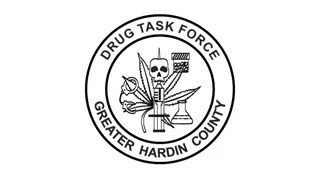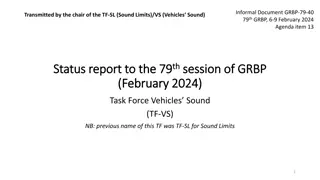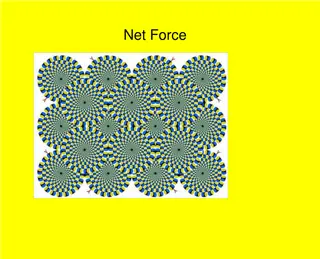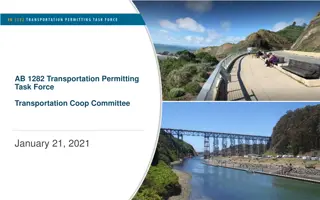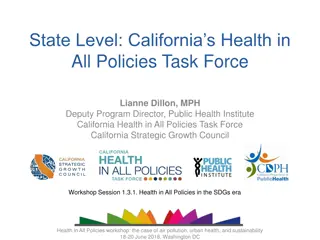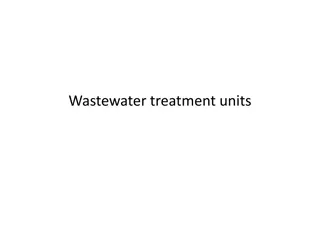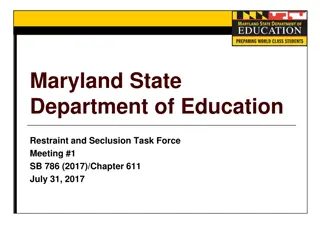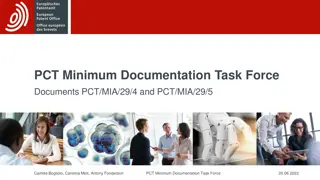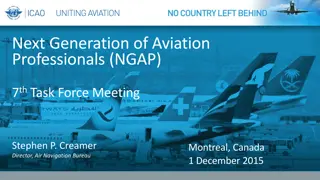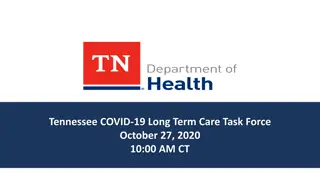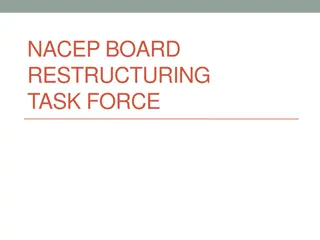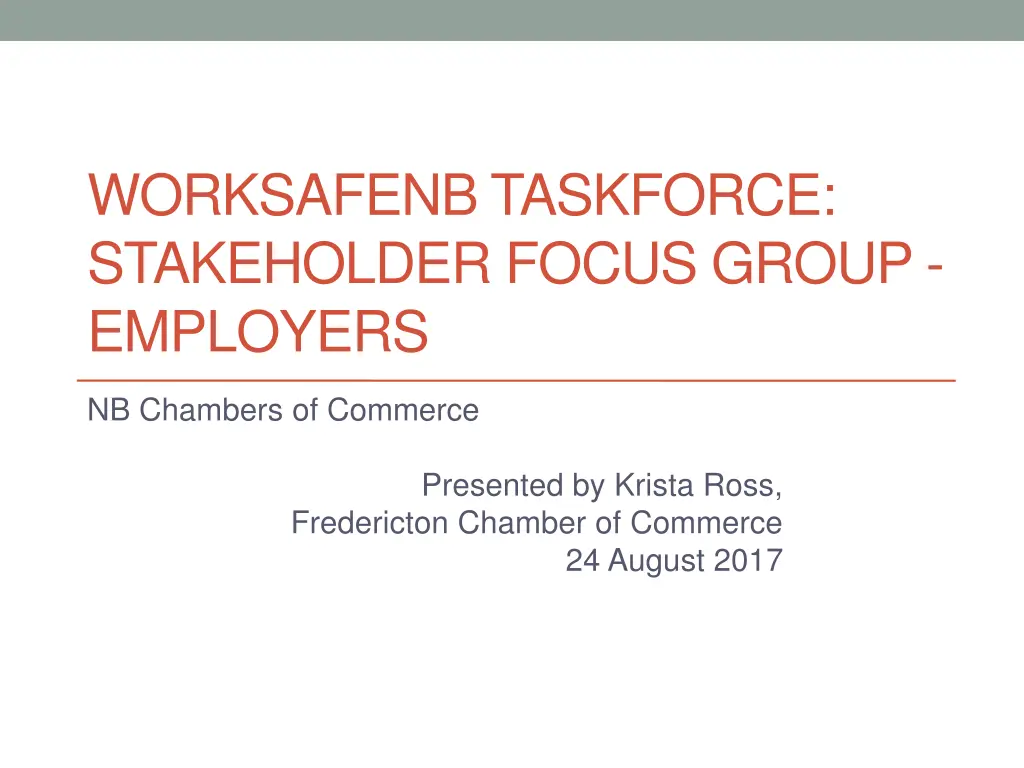
Insights into New Brunswick's Workers' Compensation Challenges
Gain valuable insights into the challenges faced by New Brunswick's workers' compensation system, from the importance of fair compensation for injured workers to concerns about cost control and the impact on businesses. Understand the dynamics between workers and employers in creating safer workplaces and how assessable payroll plays a crucial role in the overall cost to businesses.
Download Presentation

Please find below an Image/Link to download the presentation.
The content on the website is provided AS IS for your information and personal use only. It may not be sold, licensed, or shared on other websites without obtaining consent from the author. If you encounter any issues during the download, it is possible that the publisher has removed the file from their server.
You are allowed to download the files provided on this website for personal or commercial use, subject to the condition that they are used lawfully. All files are the property of their respective owners.
The content on the website is provided AS IS for your information and personal use only. It may not be sold, licensed, or shared on other websites without obtaining consent from the author.
E N D
Presentation Transcript
WORKSAFENB TASKFORCE: STAKEHOLDER FOCUS GROUP - EMPLOYERS NB Chambers of Commerce Presented by Krista Ross, Fredericton Chamber of Commerce 24 August 2017
2 To Remain Sustainable, Workers Compensation Has to Work for Everyone Workers compensation must provide fair and adequate compensation to injured workers while not damaging the competitiveness of NB businesses Cooperation between workers and employers have made workplaces safer leading to steadily decreasing premiums since 2010 Lower injury rates (and premiums) mean that employers can reinvest in the business create jobs, add hours, etc.
3 Loss of control Business is nervous that there s no mechanism to get costs to the system back under control Workplaces are becoming safer (where employers have some control/influence), but this matters much less vis- - vis the WSNB rate since 2015 legislative changes *dropping rates from 2010 to 2015 5 individual appeals alone drove $87M in cost increases
4 The rate is half of the equation The cost to business is not only the rate. The rate may still be lower than in the early 1990s, but assessable payroll has increased by more than 100% since that time. Actual cost to business has risen 30% during that same period.
New Brunswick Assessable Payroll 1990 - 2017 5 $9.1 B $4.47 B $2.25 $1.48
6 New Brunswick Assessable Payroll and Rate Comparison Year Rate Assessable payroll $ paid in Assessments 1992 * $2.25 $4,446,000,000 $101,250,000 30% Increa se 2017 $1.48 $9,100,000,000 ** $131,000,000 * 1992 was the highest premium paid in the past 30 years ** Estimated based on WorkSafeNB projections
7 Self-Insured Employers An alarming trend with self-insured employers primarily the Government of New Brunswick Frequency rate more than 2.5 times that of assessed employers Concerned about cost to the Province coffers, increased debt
8 Frequency rate for self insured is more than 2.5 times assessed employers
9 Process and Procedure Issues WCAT superseding/setting board policy with decisions In our view, the WSNB board is in the best position to set policy they have the fullest perspective on the system Impact on employees/employers; history of maintaining a sustainable system; reasoning behind policies WCAT interpreting legislation and policy with no regard for the sustainability of the system Timing - setting the rate in the fall leaves employers little time to prepare Which is more important now than ever given the huge increases in 2017 and pending in 2018.
10 Escalating Business Costs WSNB premiums just one of the increasing costs to business in NB Since 2015: Gas & diesel tax Property tax EI rate Proposed federal tax planning changes (2018) WorkSafeNB (2017 & 2018) Carbon tax (2018) Statutory holiday (2018) CPP (2019) Land transfer tax Income tax Minimum wage HST Combined with minimal economic growth over the past decade, SMEs are tapped out No money left to reinvest in business, create jobs, etc

